For the 13 million men in the UK who sport one, a beard can mean many things.
Whether it’s rough stubble, a neat goatee, a sharply trimmed Van Dyke or a full-blown Viking mane, facial hair is more than a style statement – for many it’s central to their sense of masculinity.
But for others, their beard – or lack of it – is a source of frustration. Some struggle with sparse or patchy growth; others can’t produce any at all.
The reasons for underwhelming facial fuzz are many, from hormones and genetics to age, disease, diet and lifestyle.
And, while the internet brims with beard-boosting tips, there are also clinics across the UK offering treatments that can cost thousands.
Dr Paul Farrant, consultant dermatologist at the Experts in Skin and Hair clinic – which offers treatment to men to help improve beard coverage – said: ‘Many people are surprised by the complex biological processes at work behind a beard.’
Registered nutritionist Amanda Serif, a member of Nutritionist Resource, added: ‘The good news is, there are plenty of ways to maximise your beard potential.’
So what really works – and what doesn’t – when it comes to boosting your beard? Read on to find out…

Actor Jason Momoa, seen here with ex-partner Lisa Bonet at the 2020 Golden Globes, is rarely spotted without his beard – recently shaving for the first time in six years for Dune 3
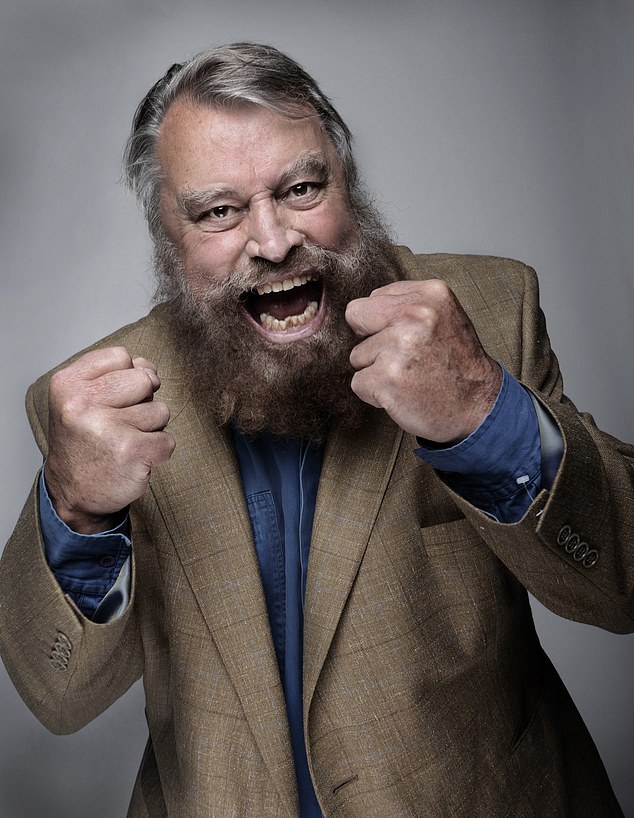
At 89, actor Brian Blessed is still blessed with the impressive bushy beard he became known for earlier in his career – alongside his loud booming voice and high-spirited personality
Why shaving doesn’t make a beard grow faster
Developing the ability to grow a beard takes longer than many imagine.
As puberty kicks in at around the age of 14 boys experience a surge in the male hormone testosterone, triggering a change in the hair on the jawline – with fine, non-pigmented hairs that have been present since birth gradually being replaced by thicker coloured hairs.
Although men usually reach full sexual maturity by their late teens, the development of beard follicles can take far longer.
For younger men growing beards, Dr Farrant advised patience.
He said: ‘The start of puberty is variable, which will influence when your beard starts to grow. Teen years typically see light growth, which then gets thicker with age – but the time can vary. It can even take into the late 20s.’
One misconception among men keen to hurry their beard is that shaving will speed up growth.
Dr Farrant said: ‘It’s a myth. People think every time you cut a beard the hairs get coarser – but it’s not true. It doesn’t have any biological effect on the hair follicle or alter the hair cycle in any way.’
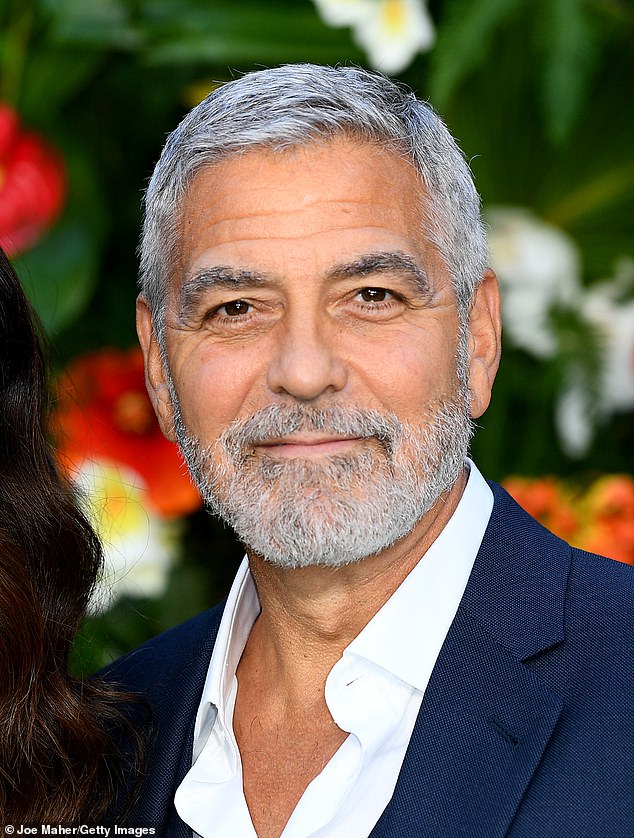
From a 5 o’clock shadow to a goatee, George Clooney’s acting career has seen him sport all kinds of facial hair and at 64 he is now a common appearance in ‘best beards’ lists
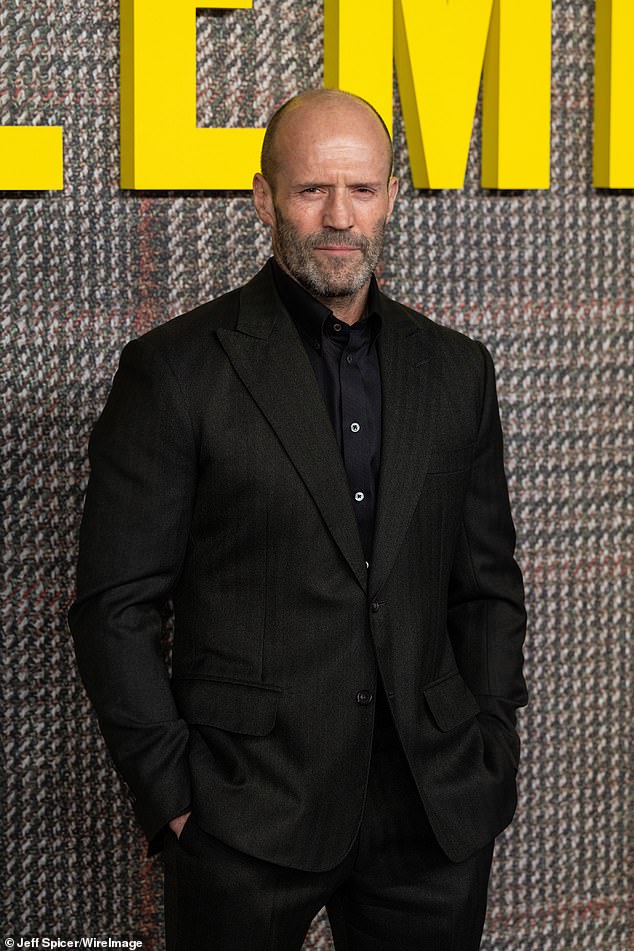
There’s no need to stress about balding – the hormone behind it means you may be about to sprout an enviable beard, just like Jason Statham’s
Blame your hormones – although going bald might mean a thicker beard
The chemical responsible for the quality and thickness of a man’s beard is a hormone derived from testosterone called dihydrotestosterone, or DHT.
The more DHT, the fuller the beard. But, bizarrely, it has the opposite effect on the hair on top of the head.
Dr Farrant said: ‘It’s paradoxical. The bulb of every hair follicle contains DHT receptors. Follicles on top of the head which are sensitive to DHT respond to the hormone by shrinking – causing male pattern hair loss. But the DHT-sensitive follicles in the beard area respond by becoming deeper and wider – leading to a thicker beard.
‘The same hormone produces a completely different effect in these different areas. It’s why bald men can often grow quite a decent beard.’
If beards don’t run in the family, blood pressure drugs might help
Sensitivity to DHT is largely dictated by genetics.
Dr Farrant said: ‘Your chances of sprouting a fulsome beard are greatly improved if there’s a history of thick facial hair on both sides of the family.’
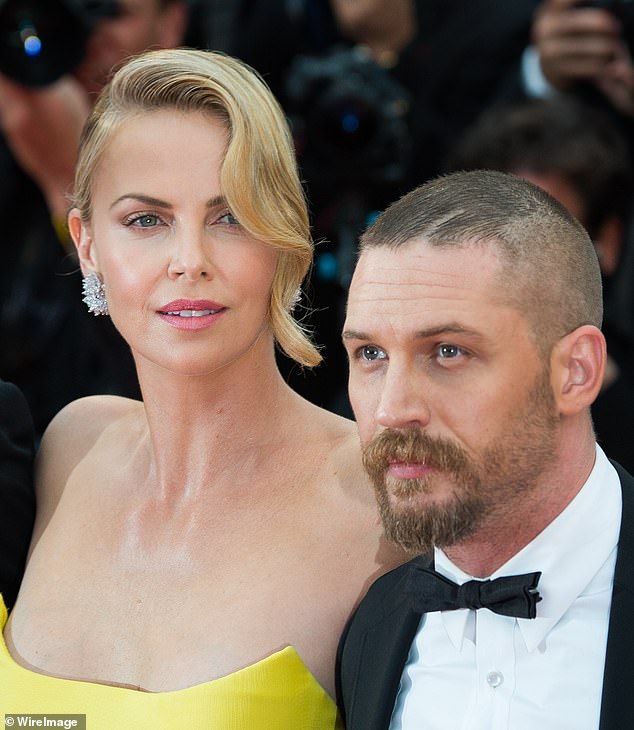
Healthy facial hair like Tom Hardy’s iconic stubble, moustache and goatee combo requires protein from eating meat, fish, lentils or eggs, nutritionist Amanda Serif advises

The reasons for underwhelming facial fuzz are many, from hormones and genetics to age, disease, diet and lifestyle. However, actor Chris Hemsworth, who has a full beard, doesn’t need to worry
And while genes can’t be changed, a drug called minoxidil – better known under the brand name Regaine – can bulk out beard hair when applied to the face.
Dr Farrant said: ‘It lengthens the growing phase. By growing for longer than it would naturally, the follicle gets deeper and wider, leading to thicker beard hair.’
However, it is important to note that minoxidil isn’t licensed for use on the face, and it can cause dryness, itching and irritation.
Feed your beard – and don’t stress it out
What you eat directly affects your beard, according to registered nutritionist Amanda Serif.
She said: ‘Good food is a beard’s best friend. Hair is made of protein, so you need amino acids in your diet to produce this – from meat, fish, lentils and eggs. Quinoa is an under-rated source of lots of amino acids, so is great for a beard.’
She added: ‘Hormones are essentially made from fat, so a good source of healthy fats is needed – such as salmon, mackerel, avocados, nuts and seeds.’
Beards also rely on key vitamins and minerals.
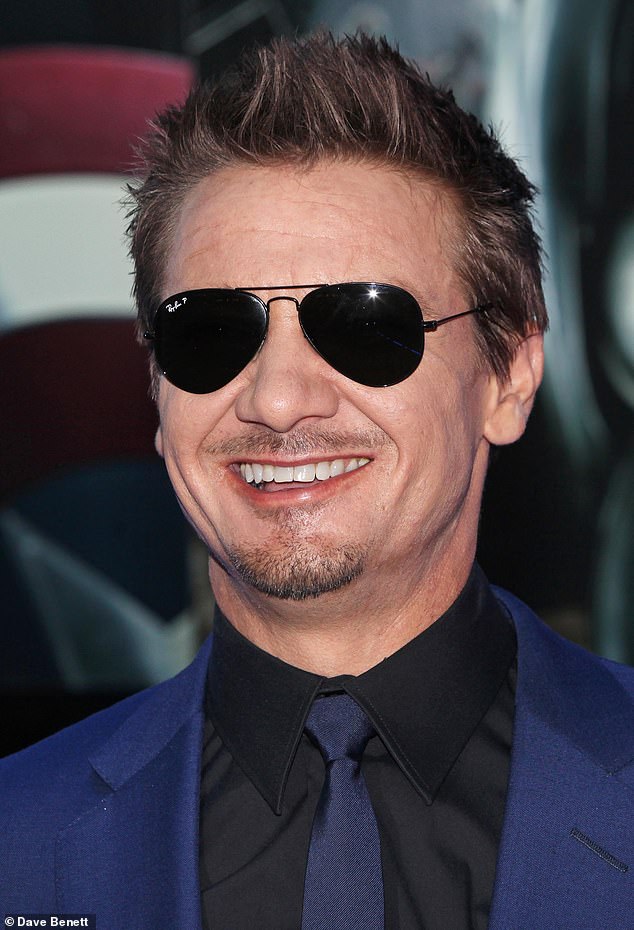
Like many men, Hollywood star Jeremy Renner has never been seen with full facial hair – something experts say is largely down to genetics
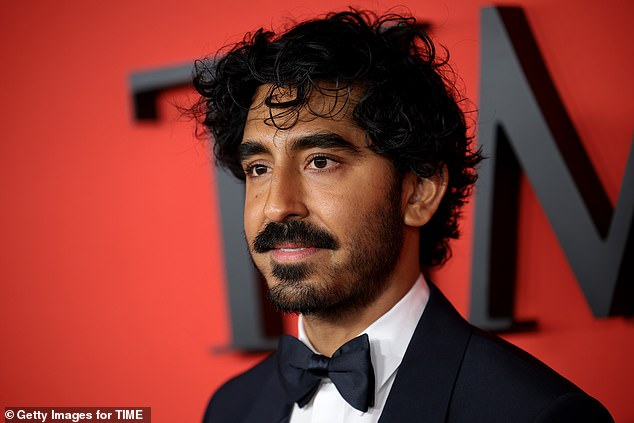
Dev Patel may have his family tree to thank for his facial finery, as ‘your chances of sprouting a fulsome beard are greatly improved if there’s a history of thick facial hair on both sides of the family’, Dr Farrant says
Ms Serif said: ‘Zinc is crucial for hormone production and repairing follicles – so eat lots of pumpkin seeds, cashew nuts, and wholegrains. Beef and oysters are also a great source.’
Although many bearded social media influencers recommend supplements – particularly iron tablets and the B vitamin biotin – Ms Serif advised caution.
She said: ‘Supplements can interfere with other medications – and should only be taken if tests show a patient is suffering a deficiency.’
Another online suggestion is rubbing on a mixture of avocado and peppermint oils, supposedly to stimulate dormant follicles.
Ms Serif said: ‘Your beard would smell lovely. But the amounts absorbed are minimal. You’re better off eating the avocado than rubbing the oil on your face.’
Sleeping well and reducing stress are also hugely important.
The nutritionist said: ‘High levels of stress hormone cortisol disrupt production of testosterone so impact beard growth.
‘Sleep helps regulate levels of cortisol – as does lowering the level of stress in your life.’
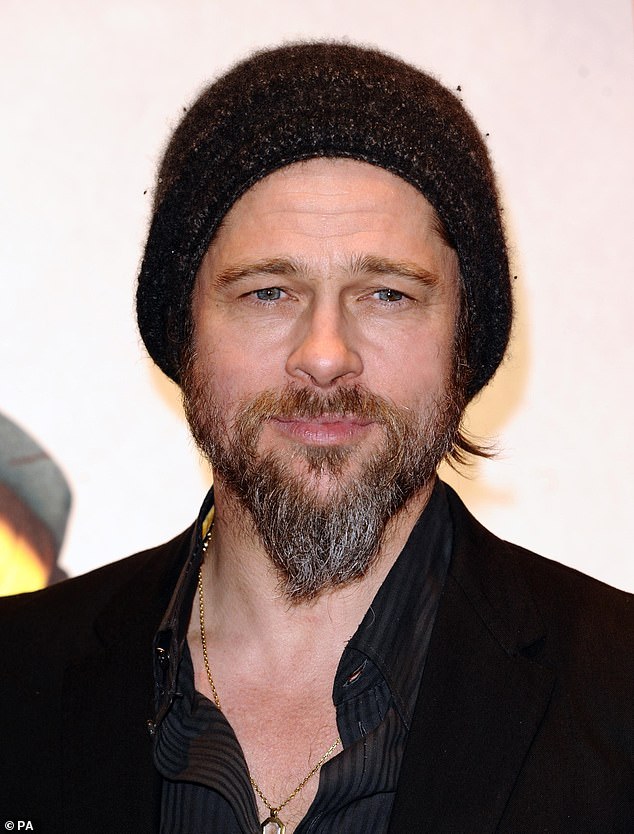
Experts say rubbing on avocado and peppermint oils, supposedly to stimulate dormant follicles, won’t work. Brad Pitt, pictured in 2012, certainly doesn’t need them anyway
Ignore the beard bloggers – derma rolling won’t work
A common recommendation by ‘beard bloggers’ is a derma roller. Available for £15-£20, this features a cylinder covered in tiny spikes that is rolled over the face to deliberately cause a minor injury which will trigger the body’s healing response and stimulate the follicles.
But Dr Farrant warned that – although the theory is based on science – they should be avoided.
He said: ‘Cheap rollers bought off the internet drag and can damage hair follicles. Generally they have tiny teeth around 0.25mm long – which don’t stimulate a wound-healing response.’
Instead, he recommended professional micro-needling, based on the same principle but using medical-grade equipment.
He said: ‘It creates an injury between 0.75 and 1.5mm deep – which is painful and causes the skin to bleed. As such, it should be done in a clinic, in a sterile environment, with a professional device accurately controlling the depth, and with topical anaesthetic to numb the skin.’
The treatments that really do work
Some beard difficulties are caused by the auto-immune disease alopecia areata, where the immune system attacks the hair follicles, causing circles of hair loss, beard thinning or total loss of beard hair.
New drugs called JAK inhibitors – which are only available privately for beard problems and can cost around £1,000 a month – block the inflammation in the follicles and can help to restore hair growth.
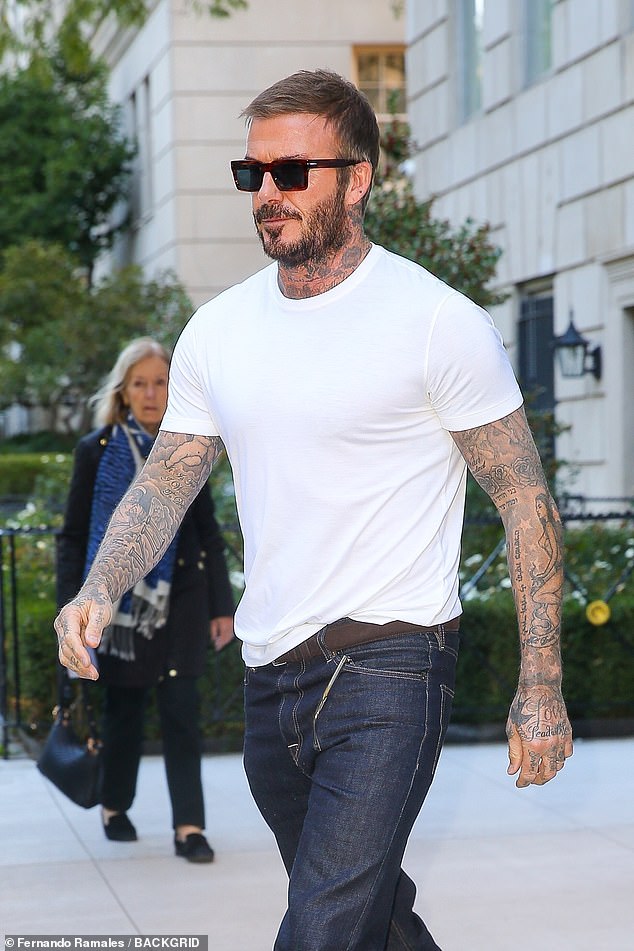
If David Beckham’s full facial hair is taunting you still, the only sure-fire way to boost your beard is transplant surgery, experts say, which can cost between £3,000 and £7,000
Another treatment for a patchy beard is platelet-rich plasma therapy (PRP) – typically costing around £500 a session – where platelets are extracted from a patient’s blood then injected into the area of hair loss.
Dr Farrant said: ‘The cocktail of growth factors in the platelets can help promote increased growth.’
Laser re-growth therapy can also be used to improve a thinning beard, by shining red or near-infrared light onto the beard area.
Dr Farrant said: ‘It’s about increasing energy sources to the cells, to stimulate cell division and create thicker hair.’
The most extreme, but according to experts possibly the only sure-fire way to boost a beard is transplant surgery – called follicular unit extraction, or FUE – which can cost between £3,000 and £7,000.
The painstaking process – mostly done to cover scar tissue or burns rather than simply as a way of getting a thicker beard – involves harvesting individual hairs from elsewhere, such as the back of the head, and implanting them into the beard area where they then grow as normal.
Results are generally permanent and natural-looking, though they depend on the skill of the surgeon and the quality of the donor hair.
Clinics offering FUE beard transplants claim success rates of around 90 to 95 per cent, meaning most transplanted follicles take root and grow – although these figures come from the clinics themselves rather than independent studies, so should be treated with caution.
